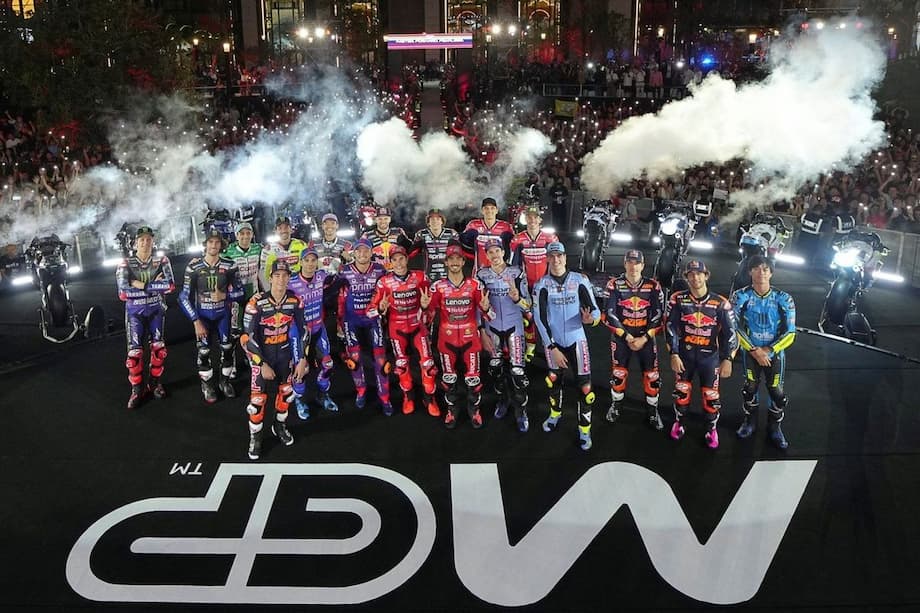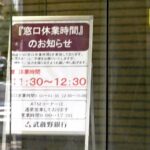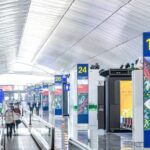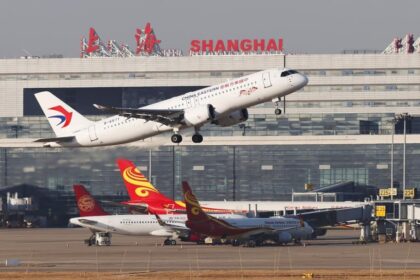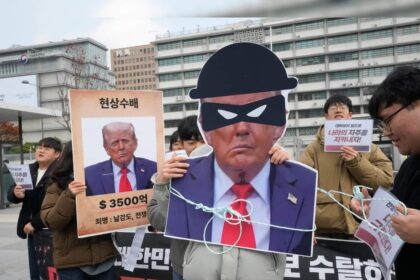A new stage for MotoGP in Singapore
MotoGP will open the 2026 campaign with a two day season launch in Singapore on 6 to 7 February, marking the series collective presentation in a new city after Bangkok hosted the inaugural edition this year. Dorna, working with all 11 teams, chose the city state ahead of Kuala Lumpur and Melbourne. The pick shapes the early February build up, ties the reveal closely to preseason testing, and signals a fresh promotional push as the championship enters a new phase under Liberty Media.
The first on track running for 2026 will take place at Sepang in Malaysia, where the shakedown for test riders and rookies is scheduled before the opening official test from 2 to 4 February. After the final laps in Malaysia, a portion of team equipment will travel by road to Singapore. Some trucks are set for a four hour drive to the city on 5 February to set up for the showcase that begins the next day.
The second preseason test is still to be confirmed. Options under discussion include heading straight to Buriram, which stages the season opener on 1 March, or moving that test to approximately ten days later. A later test would give crews a breather in a busy month and could reduce travel costs for smaller teams, although it would also squeeze the time window for late bike updates before round one.
Key parts of the February plan were finalized in meetings in Barcelona. Organizers acknowledged that Singapore brings a slightly tougher logistics picture than Kuala Lumpur, yet it is far more manageable than Melbourne. It will be the first season launch under Liberty Media, which recently acquired Dorna. Liberty presented a collective Formula 1 launch in London this year, and MotoGP now adopts a similar shared spotlight at the start of 2026.
Why Singapore won the launch bid
Three cities were in the frame for the second collective start of season event. Kuala Lumpur offered the shortest distance to Sepang and the simplest routing for trucks, staff, and hospitality assets. Melbourne promised spectacle and a strong sports market, but the freight and time demands between tests would have strained resources. Singapore delivered a middle path, pairing a premium stage for a global presentation with workable travel from Sepang by road and air. The city hosts large scale events many times a year, has world class venues, and offers an efficient airport and hotel network, all of which help the championship deliver consistent media output and fan activations.
The decision also reflects how MotoGP has evolved its early season narrative. Bangkok proved that an integrated launch with riders, bikes and partners can create a clean media moment before wheels turn in anger. Singapore gives that format a futuristic skyline, a compact city layout for logistics, and a familiarity to international broadcasters and sponsors already active in the region.
From event city to motorsport hub
Singapore has built a strong track record in staging elite sports and entertainment. The city’s annual Formula 1 weekend has become a multi day showcase with concert stages, brand zones, and tightly managed street closures. That experience lowers the risk for a MotoGP launch that must blend live production elements with television needs and large crowds. Expect a city center setting, polished staging, and quick access for riders and executives who will pivot between media calls, fan appearances, and partner commitments.
How the calendar and testing line up
The 2026 preseason will effectively start in Malaysia, move to Singapore for the reveal, and then settle on a second test location. If the paddock goes straight to Thailand after the launch, the advantage would be a simpler eastward freight flow and more continuous work patterns for teams. If the organizers place the second test roughly a week and a half later, finance managers get a welcome pause in travel spend while crews gain time to refurbish engines, rebuild gearboxes, and complete wind tunnel or simulator checks back at base.
The calendar itself stretches across five continents with 22 Grands Prix, underlining MotoGP’s worldwide scale. Thailand holds the season opener (1 March at Buriram). Fans can browse the official schedule and any updates on the MotoGP site at motogp.com.
What the shakedown covers and why it matters
The shakedown at Sepang is reserved for test riders and rookies. It is designed to verify reliability and baseline performance before race riders arrive for the main test. Manufacturers use the shakedown to run new engine specs, trial aero packages, and confirm electronics maps. If an issue appears with a gearbox ratio, cooling solution, or aerodynamic element, engineers have a narrow window to redesign parts and rush them to Malaysia for the 2 to 4 February sessions. Those official test days will focus on race distance pace, tyre evaluation, and refining the final configuration that teams intend to race in March.
The Liberty Media effect
Liberty Media’s arrival brings a heavier emphasis on storytelling around a central launch moment, a sharpened broadcast product, and a stronger social media footprint. The company has history building collective showcases that unify teams on a single stage for a clear message to fans and sponsors. A shared MotoGP launch helps create clean content for broadcasters worldwide, delivers memorable images for brands, and sets expectations for the year in a single stop. Teams will still run their own unveilings or content drops as they choose, but the collective event concentrates attention in one place and helps the sport reach new audiences.
Southeast Asia carries the momentum
Racing in Southeast Asia has grown into one of MotoGP’s strongest pillars, with packed grandstands in Thailand, Malaysia, and Indonesia. Many manufacturers sell the majority of their road bikes in the region, which makes face to face contact with fans and dealers especially valuable. Launching in Singapore keeps the spotlight in a time zone that suits Asian audiences while still fitting within television windows that work for Europe, where much of the paddock is based. It also helps partners activate across multiple markets within a short travel radius.
What teams will watch for next
The outstanding question is the second test. Going straight to Buriram keeps freight costs predictable and reduces transit risk, since the bikes and spares stay in the region on a tight path. Opting for a later test would give engineers more time to digest Sepang data and manufacture revised parts, although that path can backfire if weather washes out sessions or freight delays occur. Crew chiefs will plan two parallel scenarios, including tyre allocation strategy, engine mileage targets, and assembly schedules that can be accelerated or stretched depending on the final call.
Travel and logistics in brief
After Sepang, many teams will load selected equipment onto trucks for the approximately four hour road journey into Singapore. The rest of the freight remains in Malaysia to be shipped to the second test once it is named. Singapore’s port and airport simplify contingency moves if a part must be flown in overnight. From a planning standpoint, Singapore is a simpler lift than Melbourne, which would likely require a full air freight rotation or early sea freight for show materials, and it is only slightly more complex than Kuala Lumpur, where Sepang sits just outside the city.
Risks and challenges to manage
Hosting a world class launch event in Singapore carries higher venue and staffing costs than many alternatives. Teams will keep a tight rein on the number of staff on site, especially those with smaller budgets. February weather is hot and humid, with the chance of rain if any elements are outdoors, so organizers will prepare covered spaces and flexible staging. The second test decision also carries risk. If it lands close to the race weekend, factories may have to lock in setup choices sooner than they prefer, while a later test means a longer stay away from base for traveling staff. The key will be balancing showtime polish in Singapore with the engineering time teams need at Sepang and beyond.
What to Know
- Singapore will host the MotoGP collective season launch on 6 to 7 February 2026, selected over Kuala Lumpur and Melbourne.
- Sepang will stage the shakedown and the first official test from 2 to 4 February, before teams move equipment to Singapore for the showcase.
- The second test location and timing are not yet confirmed, with Buriram and a later window both on the table.
- Thailand opens the season on 1 March at Buriram, part of a 22 round 2026 calendar across five continents.
- This will be the first MotoGP season launch under Liberty Media, Dorna’s new owner.
- Singapore offers a premium stage and workable logistics, though Kuala Lumpur would have been simpler and Melbourne more demanding.
- Smaller teams could benefit from a slightly later second test to ease costs, though that would leave less time for late bike updates.
- Teams plan to road freight selected kit from Sepang to Singapore, a journey of roughly four hours by truck.


